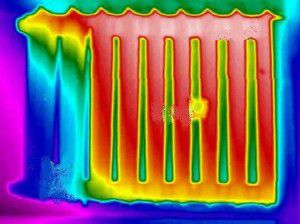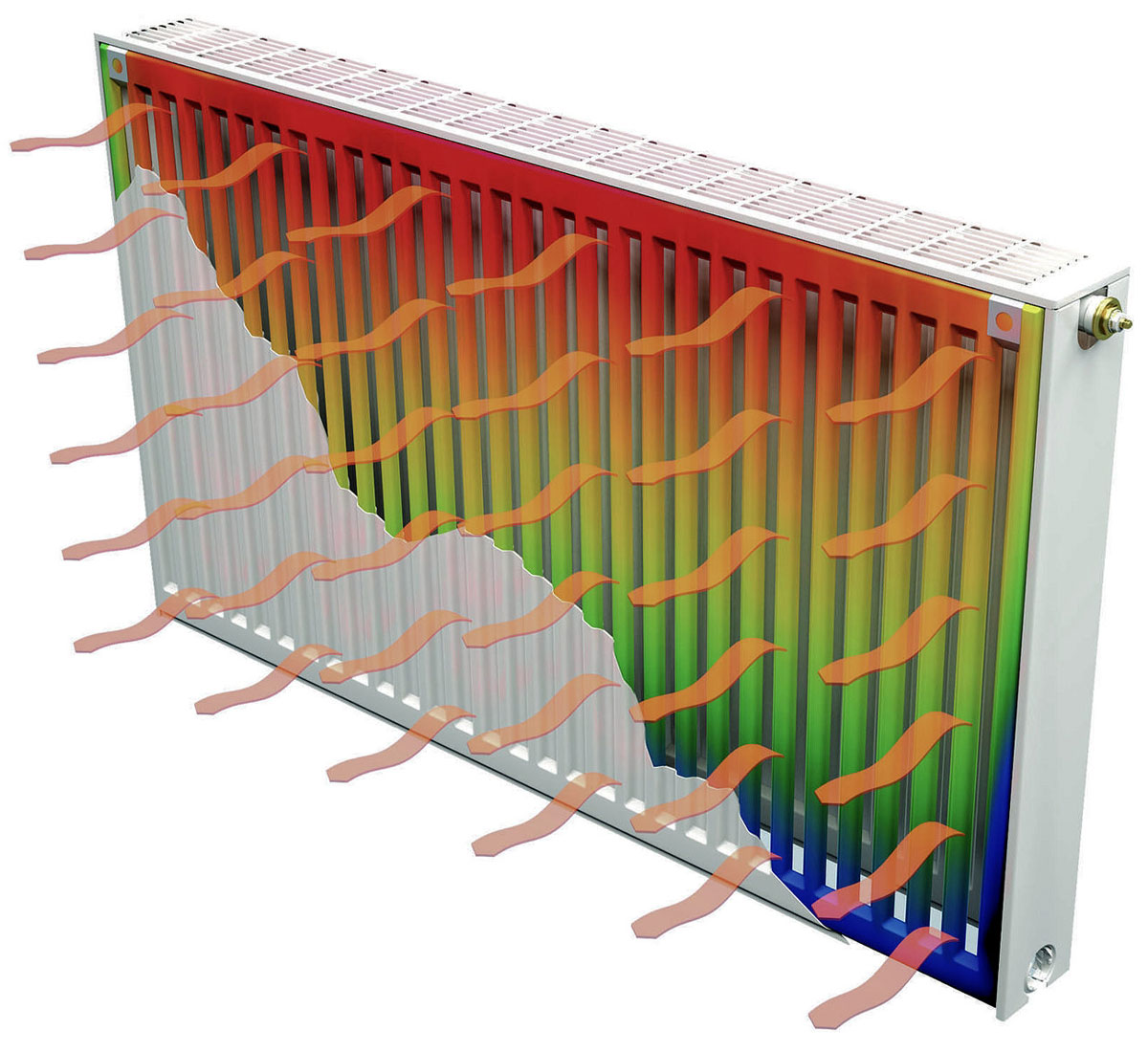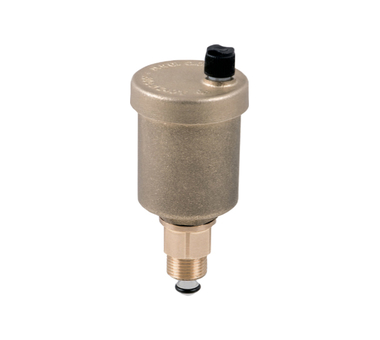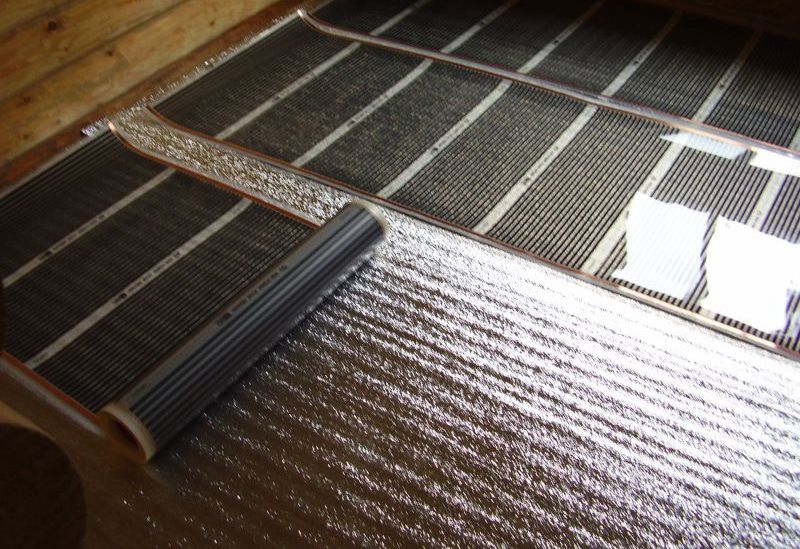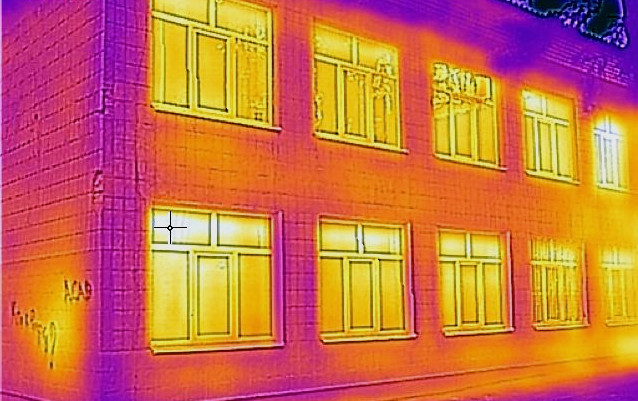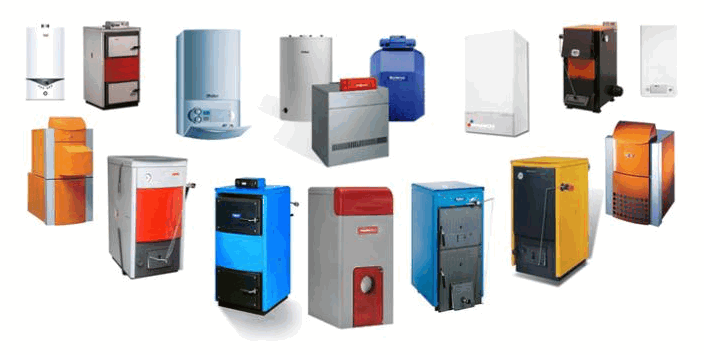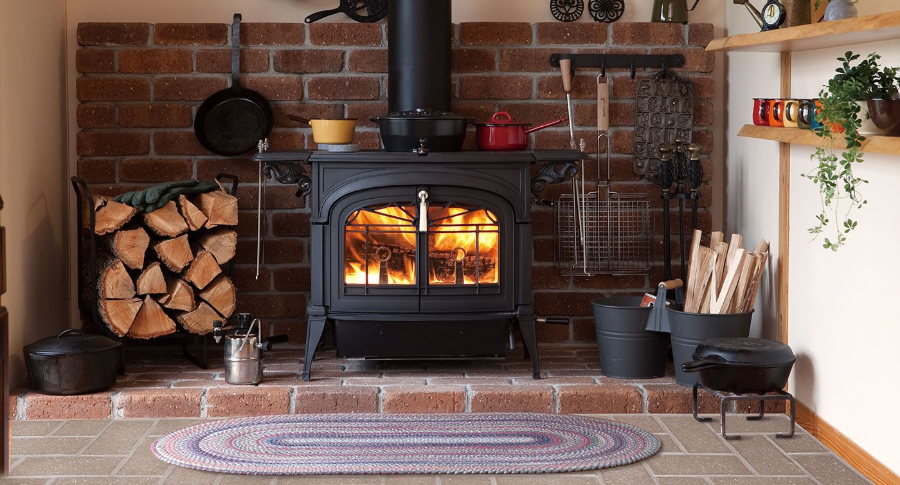Optimizing heating costs is directly related to improving the efficiency of the entire system. This can be achieved in several ways. But experts recommend that you first conduct an analysis and identify the most significant factors affecting this indicator. Based on these data, the actual efficiency of boilers and heating systems is calculated: an overview and ways to increase this indicator will help reduce the financial burden during maintenance.
Reasons for the decrease in the efficiency of heating boilers
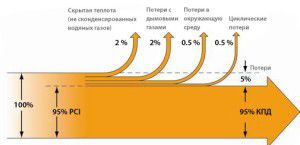
Even before increasing the efficiency of the heating battery, you need to decide on this parameter. In fact, it consists of several components - the efficiency of the boiler, radiators and pipelines. But besides this, you need to take into account the amount of heat loss of the building.
Therefore, you must first not think about how to increase the efficiency of the heating battery, but improve the thermal insulation of the house. Only by reducing losses through walls and windows can one begin to modernize the heating. It is mistakenly believed that the main indicator of the system is the efficiency of gas heating boilers or their solid fuel counterparts. However, in fact, the useful action of the system is determined by the following formula:
Q = Vcons / Vaccess
Where Q - efficiency indicator,Vcons - the amount of energy expended on heating the coolant,Vaccess - the actual transfer of heat to the air in the room.
When analyzing the operation of the boiler, especially of the gas type, it can be seen that it does not function all the time. It must maintain the level of heating of the coolant at the set thermal mode. Other elements of the system are responsible for the transfer of energy - pipelines and radiators. It is they who first of all need to be paid attention to, since the efficiency of the heating system by 80% depends on their correct functioning.
What needs to be done so that this indicator is initially the maximum:
- Select low temperature operating mode. With a minimum difference in water heating after the boiler and in the return pipe, energy costs will decrease;
- Use of electronic control systems - thermometers and programmers. They will allow you to automatically change the operation of the boiler when the temperature fluctuates in the house and outside;
- Modernize the elements in order to reach the maximum heating efficiency in the house.
All these methods are interconnected with each other. Therefore, when organizing heating, you need to professionally go to each stage.
During the design of the system, it is necessary to calculate its main parameters - heat losses, the operation of each unit and the optimal temperature regime. This can be done using online calculators (high error) or by ordering a service from specialized settlement bureaus (exact data).
Methods to improve the efficiency of the boiler
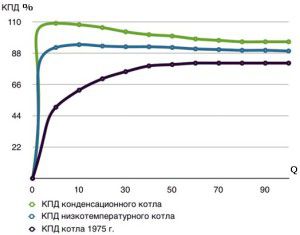
At the first stage, you need to choose the right type of heating equipment. The defining indicators for the organization of heating with high efficiency are the type of fuel used and the power of the boiler. Gas models have proven themselves best.
As you can see from the graph data, there is no significant difference when the boiler is operating in normal mode. The difference in efficiency for gas heating boilers occurs only at the moment of start-up until the required temperature regime is reached (50-70 ° C).Then there is a stabilization of work and performance indicator. But to improve the latter, you can take the following steps:
- The difference between the calculated and actual power of the boiler should not be more than 15%. Exceeding the value will lead to incomplete combustion of gases, which will further increase fuel consumption;
- Using the condensation factor. This will slightly increase the efficiency of the entire heating system. However, the cost of condensing boilers differs from traditional ones by 35-40%;
- Reduction of heat losses through the chimney. The increase in the efficiency of the heating battery directly depends on this factor.
By fulfilling these conditions, you can increase the efficiency of heating devices by 1-1.5 percent. But it is best to initially purchase a suitable model of a cat that best matches the parameters of the entire system.
During operation of condensing boilers, the accumulated liquid must not be disposed of into the sewer. It has a number of harmful elements that will affect the operation of an autonomous wastewater treatment system.
Rules for connecting radiators and their modernization
Of greatest interest are the other elements - batteries and pipes. To increase the efficiency of the heating battery, you must initially select the appropriate model correctly. Ideally, it should have a maximum thermal conductivity. This applies to aluminum and bimetallic batteries.If we take the efficiency of heating radiators, the table will show significant differences from cast iron. However, it should be borne in mind that the cooling of aluminum will take place much faster. This material does not accumulate heat. In addition, in cast iron, there is an uneven distribution of the energy received.

For comparison, you can consider the table of efficiency of steel-type heating radiators.
The larger the area of the battery, the faster the air in the room will heat up. But you need to take into account the degree of cooling of the coolant. It is desirable that the temperature regime of the radiators in the house be the same.
Radiator connection methods
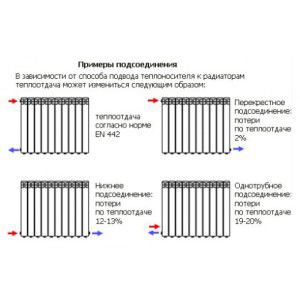
Having decided on this parameter, you can proceed to the main subtleties of increasing the efficiency of the heating battery. The main one is the way to connect to the system. It is best to make the connection to the system on one side of the instrument. Then the coolant will pass a full cycle through the battery.
But in practice, this is not always possible. Therefore, they prefer to choose the "golden mean" - the upper inlet and the lower connection to the return pipe. This technique has the following advantages:
- It is possible to increase the efficiency of the heating battery in other ways, compensating for 2%;
- The optimal length of the highway, which also affects the efficiency of the entire system;
- Possibility of installing a Mayevsky crane and an automatic thermostat.
Such a scheme is relevant for systems with both upper and lower piping. But in addition to this, to increase the efficiency of the heating battery, you need to correctly install it.
Before purchasing a specific radiator model, you need to find out the possible options for connecting it - top, bottom or side.
Installing radiators for maximum efficiency
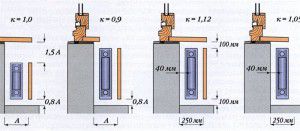
The main rule for installing radiators of any type is optimal heating of the room. Those. they should be located in the area of the room where the heat loss will be greatest. This primarily applies to window structures.
In order to make heating with high efficiency, the window sill must overlap the upper plane of the battery by 2/3. You also need to take into account the recommended distances from the structure to the walls and floor:
- From the window sill to the top of the section - 100 mm;
- From the floor surface to the battery - 120 mm;
- From the rear panel of the radiator to the wall - 20 mm.
In this way, you can ensure the maximum efficiency of the entire heating system. Convection currents of warm air will be partially trapped in the window sill area, heating the wall and reducing heat losses through the window.
For better convection of warm air, a low power fan can be installed.
Other ways to improve the efficiency of the heating system
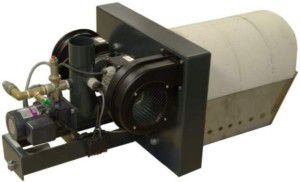
What else can be done to improve the efficiency of batteries in heating and not only them? You need to choose the right coolant. Despite the popularity of antifreeze, they have a drawback - a reduced energy consumption indicator. Therefore, in the absence of the likelihood of exposure to negative temperatures on the system, it should be filled with ordinary distilled water.
To increase the efficiency of old-style gas heating boilers, the burner is replaced with a more efficient one. It will not only reduce gas consumption, but also increase the safety of the boiler. The same applies to the possible modernization of solid fuel models of heating devices. If a gas main has been run in the house, you can install a new burner. It is recommended to purchase models that run on both gas and liquid fuel (diesel, waste oil).
You can make the maximum efficiency for heating in the house by systematically cleaning the pipes. For this, chemical, hydraulic or combined methods are used. The choice depends on the material of manufacture of the pipeline (plastic or metal) and the degree of contamination of the line.
Installing reflective screens behind the radiators will also increase the efficiency of the entire heating system. It is best to use penofol for that, on one side of which a layer of foil is applied. Even a simple cleaning of radiators from dust and dirt is way and insignificantly, but will improve their heat transfer.
In the video, you can get acquainted with an interesting way to independently organize heating with a high efficiency factor:

